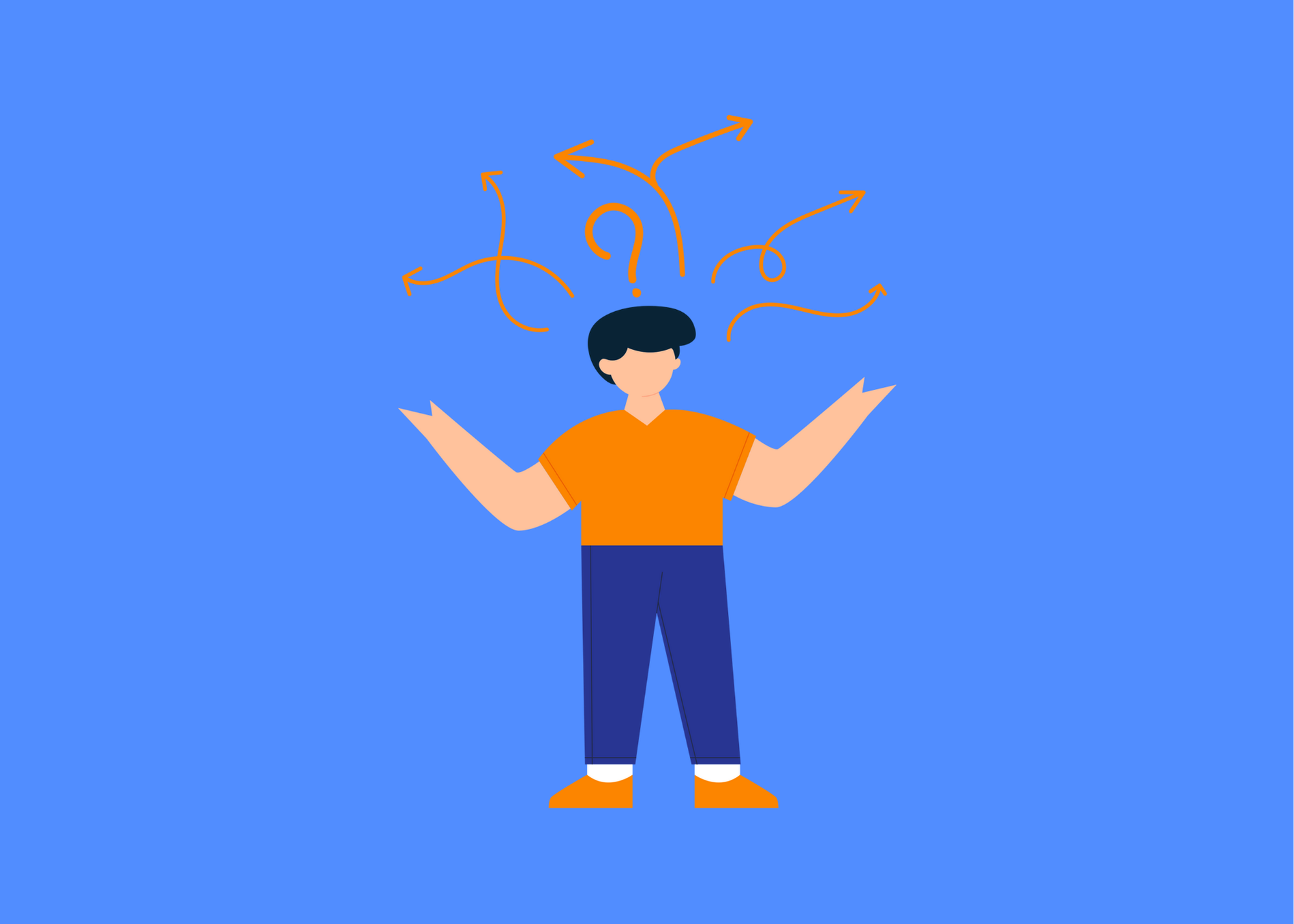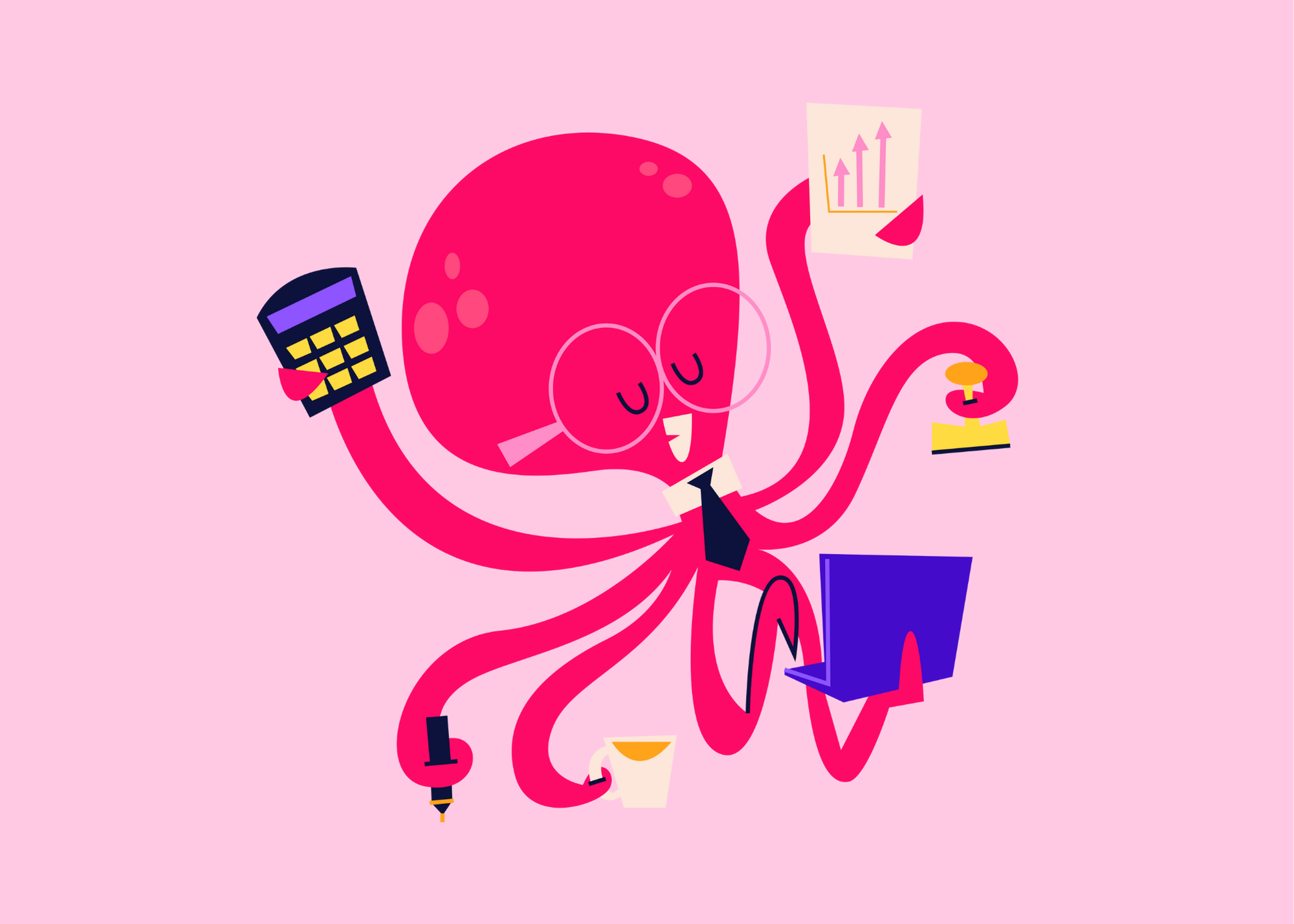12 Controversial Truths About Chronic Stress and Burnout for High Achievers
How trauma shapes your affinity to burnout— and how to heal your nervous system.
Burnout isn’t just an unfortunate side effect of success—it’s an epidemic among high achievers. In a world that glorifies overwork, self-sacrifice, and endless productivity, chronic stress has become the norm, not the exception. But what if much of what we’ve been told about stress, anxiety, and mental health is incomplete—or worse, misleading?
For over a decade, trauma and nervous system experts have studied how modern lifestyles are rewiring our bodies and minds for perpetual exhaustion. The truth? Most of us are addicted to dysregulation, mistaking chaos for normalcy and burnout for ambition. These 12 controversial truths about chronic stress and burnout challenge conventional wisdom and offer a new, science-backed perspective on what it really takes to heal.
12 Controversial Truths About Chronic Stress and Burnout
1. Most People Are Addicted to Dysregulation (and Don’t Even Know It)
Chaos, drama, and overworking aren’t just habits—they’re survival strategies. If your nervous system has adapted to constant stress, stillness will feel like a threat.
Signs You’re Stuck in Dysregulation:
You feel restless or guilty when you try to relax.
You crave drama or high-stakes work environments.
"Busy" is your default state.
Actionable Steps:
Start tracking your stress responses. What triggers urgency in your body?
Practice small moments of stillness—5 minutes of deep breathing before jumping into work.
Work with a somatic therapist to rewire your nervous system for safety, not survival.
🔎 Scientific Conflict: Some psychologists argue that high-achievers thrive under pressure and that "dysregulation" may simply be a strong stress tolerance. However, chronic stress has well-documented negative effects on brain function and longevity.
2. Anxiety Itself Is Not a Mental Illness—It’s a Dysregulated Nervous System
Anxiety’s role is a signal in your body is telling you something is off. If your anxiety is significant, you may have an anxiety disorder, which is a type of mental illness.
What This Means:
Anxiety is often a response to unresolved trauma, not a malfunction.
It’s not just “in your head”—your body is in a physiological state of hyperarousal.
Medication alone doesn’t rewire your stress response.
Actionable Steps:
Identify triggers and patterns (work deadlines? relationships?)
Use breathwork and cold exposure to reset your nervous system.
Work on building a sense of safety in your body, not just managing symptoms.
🔎 Scientific Conflict: While medication and therapy can be life-saving for some, research shows that somatic approaches like vagus nerve stimulation and breathwork significantly reduce anxiety symptoms without pharmaceuticals.
3. Self-Regulation Is Rebellion in a World Designed to Dysregulate You
Choosing calm, rest, and connection is radical when society glorifies burnout.
How Society Keeps You Dysregulated:
Hustle culture rewards overworking.
Social media keeps you in a dopamine loop.
Processed food and poor sleep disrupt nervous system function.
Actionable Steps:
Audit your daily habits: what is keeping you in fight-or-flight mode?
Prioritize deep rest (not just sleep—real, nervous-system-resetting rest).
Unplug from stress triggers (yes, that means doomscrolling at night needs to go).
🔎 Scientific Conflict: Some argue that high levels of stress drive innovation and performance. However, chronic dysregulation is linked to decision fatigue, burnout, and increased disease risk.
4. Talk Therapy Alone Won’t Heal Deep Trauma—Feeling Will
You can’t intellectualize your way out of something your body is still holding onto.
Why This Matters:
Trauma is stored in the body, not just the mind.
Cognitive processing alone doesn’t resolve nervous system dysregulation.
Healing requires integrating body-based practices (breathwork, EMDR, somatic therapy).
Actionable Steps:
Try somatic exercises like grounding techniques or TRE (Tension & Trauma Release Exercises).
Work with a therapist trained in body-based modalities.
Focus on feeling safe in your body, not just talking through memories.
🔎 Conflict: While cognitive-behavioral therapy (CBT) is widely used, newer research supports the effectiveness of somatic therapies in treating PTSD and chronic stress.
5. Most Modern Stress Management Techniques Are Just Band-Aids
Without addressing nervous system dysregulation, meditation and breathwork become just another coping mechanism.
What’s Missing?
Stress management needs to include nervous system regulation.
Just “thinking positive” doesn’t fix physiological responses.
True healing rewires your baseline state, not just your reactions.
Actionable Steps:
Shift from coping to regulation—work on shifting your baseline stress response.
Incorporate nervous system-focused movement like Qi Gong or somatic yoga.
Reduce stimulants that keep your system in overdrive (caffeine, news, notifications).
🔎 Scientific Conflict: Some experts argue that mindfulness and meditation are enough. However, research suggests that without nervous system integration, they may provide only temporary relief.
6. Most "Self-Care" Is Just People Trying to Survive Capitalism
Burnout isn’t fixed with bubble baths—it’s systemic.
Why This Matters:
Many people are overworked, underpaid, and lack real rest.
"Self-care" often becomes another to-do list item instead of real recovery.
Addressing the root causes of stress (workplace culture, financial stress) is more effective.
Actionable Steps:
Advocate for workplace wellness policies that prioritize real recovery.
Redefine self-care: less consumption, more regulation.
Identify where you’re overextending and start saying no.
🔎 Scientific Conflict: Some argue that self-care routines, even if surface-level, still provide benefits. However, studies show that systemic change (like reducing work hours) has a far greater impact on stress reduction.
7. You Don’t Attract Toxic Relationships—You Are Wired for Them
Your nervous system is drawn to what feels familiar, not what feels good.
The Science:
Childhood attachment patterns shape adult relationships.
Trauma bonds make dysfunction feel "normal."
Unresolved wounds create unconscious attraction to unhealthy dynamics.
Actionable Steps:
Identify relationship patterns—what themes keep repeating?
Work on nervous system regulation to change attraction triggers.
Learn to recognize safety over intensity in relationships.
🔎 Scientific Conflict: Some psychologists believe attraction is more conscious than unconscious. However, research on attachment theory suggests early experiences heavily influence adult relationships.
8. Healing Is Messy, Not Instagram-Worthy
Healing isn’t a perfectly curated morning routine or a trendy self-care ritual. It’s ugly crying in your car, questioning your entire existence, and navigating hard conversations that make you want to disappear. The process is nonlinear, frustrating, and far from the polished narratives sold online. Real healing demands discomfort because growth is born from facing, not avoiding, our deepest wounds.
Actionable Steps:
Accept the discomfort: Growth isn’t about feeling good; it’s about getting better. Expect setbacks, and don’t mistake them for failure.
Keep a journal: Track your triggers, emotions, and patterns. The clarity you gain will help you navigate tough moments.
Build a support system: Healing happens in community. Find people who encourage your growth, not those who want to keep you stuck.
🔎 Scientific Conflict: Some psychologists argue that healing doesn’t have to be painful. Certain therapeutic models emphasize gradual change through positive reinforcement rather than deep emotional distress.
9. We Breathe Like We Live: Shallow, Fast, and Disconnected
Most of us are terrible at breathing. We take short, shallow breaths that barely engage the diaphragm, keeping our bodies in a constant state of stress. Breath is the gateway to nervous system regulation, and changing how you breathe can transform how you experience stress, energy, and even emotions.
Actionable Steps:
Try diaphragmatic breathing: Breathe deep into your belly, allowing it to expand as you inhale. Exhale slowly to activate your parasympathetic nervous system.
Use box breathing: Inhale for four counts, hold for four, exhale for four, and hold again. This technique lowers stress quickly.
Set reminders: Throughout the day, take a moment to check in with your breath. Are you holding it? Is it shallow? Adjust as needed.
🔎 Scientific Conflict: Some research suggests that while breathwork is effective for relaxation, its long-term effects on anxiety and chronic stress regulation are still being studied.
10. Hustle Culture is Unresolved Trauma with a To-Do List
The glorification of being “always on” isn’t ambition—it’s a nervous system in survival mode. Many high achievers aren’t working hard because they love it, but because slowing down feels unsafe. The compulsion to do more often stems from childhood patterns of needing to prove worth, seek validation, or avoid feelings of inadequacy.
Actionable Steps:
Identify your patterns: Ask yourself, "What would happen if I did less?" If the thought makes you anxious, there’s something deeper at play.
Redefine success: Is your worth tied to output, or do you value your well-being? Create definitions of success that include rest and joy.
Schedule stillness: Block out time for doing nothing. If resting feels uncomfortable, that’s a sign it’s necessary.
🔎 Scientific Conflict: Some experts argue that hustle culture isn’t just trauma-driven but also a product of societal and economic pressures that force people to overwork to survive.
11. Your Phone Is a Nervous System Disruptor
Every notification, ping, and endless scroll is keeping your nervous system on high alert. We blame ourselves for feeling anxious, distracted, and exhausted, but our devices are designed to hijack our attention and keep us in a dopamine loop of stimulation and depletion. The result? A constant low-level stress response that makes deep rest nearly impossible.
Actionable Steps:
Turn off unnecessary notifications: Reduce digital noise to minimize unnecessary stress triggers.
Set screen time limits: Use your phone with intention, not as a coping mechanism for boredom or stress.
Create tech-free zones: Keep your phone out of the bedroom to improve sleep and mental clarity.
🔎 Scientific Conflict: Some studies suggest that technology isn’t inherently bad for mental health; it’s how we use it that matters. Digital detoxes can help, but balance, not total avoidance, is key.
12. Calm Isn’t the Goal. A Sense of Safety Is.
Many people think relaxation is the end goal, but calmness means nothing if your body doesn’t feel safe. True healing happens when your nervous system shifts from survival mode into a state where you can rest, connect, and thrive. You can be still but feel unsafe, and you can be busy but feel secure. Safety isn’t about external conditions—it’s about internal regulation.
Actionable Steps:
Practice co-regulation: Engage in activities that help your nervous system feel safe with others, like deep conversations or physical touch.
Tune into your body: Notice when you feel safe versus triggered. What environments, people, or activities contribute to each state?
Create anchors of safety: Develop grounding techniques like weighted blankets, specific music, or familiar scents to signal safety to your nervous system.
🔎 Scientific Conflict: Some mental health professionals argue that while safety is essential, learning to tolerate discomfort is equally important for resilience and growth.
Final Thoughts
Chronic stress and burnout are symptoms of a culture that normalizes dysregulation. If you’re constantly exhausted, anxious, or stuck in overdrive, your body isn’t betraying you; it’s adapting to survive. But survival isn’t the same as thriving.
Understanding the truth about chronic stress is the first step toward real recovery. The second step? Action. By rewiring your nervous system, questioning the narratives that keep you stuck, and making radical choices for your well-being, you can break free from the burnout cycle.
The world may not be designed for your regulation, but you can be. The question is: Are you ready to opt out?
Need Help? High performance shouldn't cost you your health.
You look like you’ve got it together. But inside, it’s chaos.
🚩 Book a free 20-minute consult. You don’t have to figure this out alone.
Article References
The sources cited in the article:
Psychology Today (PT). "Is It Possible to Become Compulsive About Stress?" PT - Complusive About Stress
PsychCentral. “Can I Be Addicted to Stress?” PsychCentral - Can I Be Addicted to Stress?
Mayo Clinic. "Anxiety Disorders: Is It Really All Just In Your Head?" Mayo Clinic - Anxiety Disorders
Psychology Today (PT). "Why Hustle Culture Is Failing You.” PT - Why Hustle Culture Is Failing You
PsychCentral. “How Childhood Trauma May Affect Adult Relationships.” PsychCentral - Childhood Trauma Adult Relationships






